
A new study explores the role that climate change has in the emergence of vector-borne diseases such as Dengue fever, Chikungunya, and Zika virus.

A new study explores the role that climate change has in the emergence of vector-borne diseases such as Dengue fever, Chikungunya, and Zika virus.
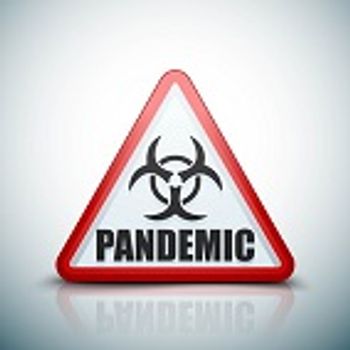
Thomas Frieden, MD, MPH, director of the CDC, and Susan Desmond-Hellmann, MD, chief executive of the Bill and Melinda Gates Foundation discuss how governments and business organizations should prepare for pandemics, especially a potential influenza pandemic.

An outbreak of Legionnaires’ disease in Saratoga Springs, New York leaves several ill and two dead.
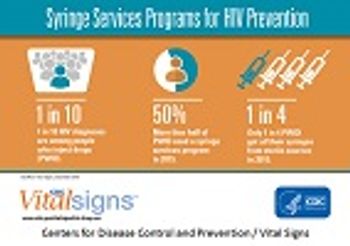
This afternoon, the CDC held a telebriefing on how the use of syringe services programs by injection drug users has increased, but access to these programs needs to improve in order to improve HIV prevention efforts.

A recent study lead by researchers from the University of Freiburg analyzed the occurrence of carbapenemase-producing Klebsiella pneumoniae and Escherichia coli in European hospitals.

The first HIV vaccine efficacy study in seven years is currently being conducted in South Africa, with researchers testing if a new vaccine regimen called HVTN 702 can provide adequate protection against HIV.

Researchers in the United Kingdom have found that predatory bacteria can be used to safely treat antibiotic-resistant Shigella infections, which affect more than 1 million people worldwide each year.

Recent outbreaks of highly pathogenic H5N8 avian influenza in Northern Europe, Russia, and the Middle East are worrying neighboring countries and have led to the culling of tens of thousands of chicken, turkeys, and ducks.
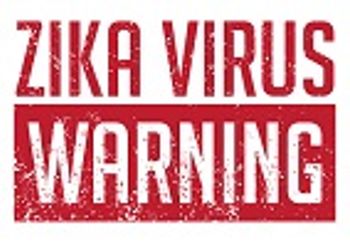
A Texas resident with no history of travel has been diagnosed with the Zika virus. Officials believe this may be the first case of locally-transmitted Zika in the state.

A recent presentation by US Food and Drug Administration representatives explained why contaminated sprouts continue to be the cause of many food-borne illnesses.

Following best practices for the “placement, maintenance, and removal” of catheters is just as important as appropriate testing in order to reduce catheter-associated urinary tract infections (CAUTIs).

Two cases of meningococcal disease strain B have been confirmed at Oregon State University, urging officials to take preventive measures.

A recent outbreak of highly pathogenic avian influenza in commercial chickens and ducks in South Korea has health officials in the country on high alert and some poultry farmers taking quarantine measures.

IBM, Walmart, and Tsinghua University have partnered up to improve food safety practices in China.
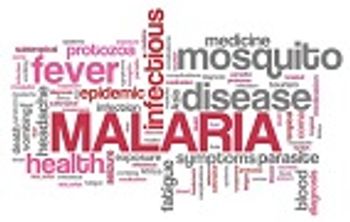
A $29 million grant from the Bill & Melinda Gates Foundation will help focus efforts on eliminating malaria from Asia-Pacific and Southern Africa.

A recent study of employees at an industrial hog facility found that the livestock workers were more likely to carry Staphylococcus aureus bacteria in their noses, including antibiotic-resistant isolates.

A recent study assessed if laws pertaining to the screening and reporting of hepatitis B may increase identification in pregnant women and thus, allow for more infants who have been exposed to the virus to receive post-exposure prophylaxis.

On their quest to put an end to a threat that may change modern medicine as we know it, researchers discovered four chemicals that disrupt AcrA, an efflux pump protein, that contributes to antibiotic resistance in bacteria.

In mid-November, the CDC released the “Core Elements of Outpatient Antibiotic Stewardship.”

A new study sheds some light on the precise mechanisms involved in the development of HIV-1 associated nephropathy.

A study from University of Washington researchers uncovers how hospital laundry facilities may harbor dangerous Clostridium difficile spores, creating a potential community source for the bacterial pathogen.

Lake County General Health District confirmed that a contaminated cooling tower in Ohio was the cause of a 4-month-long outbreak of Legionnaires’ disease, which resulted in one death.

A study of 100 chickens collected from a marketplace in India finds multidrug-resistance in an emerging bacterial pathogen, and has researchers calling for improved food safety, monitoring, and surveillance.
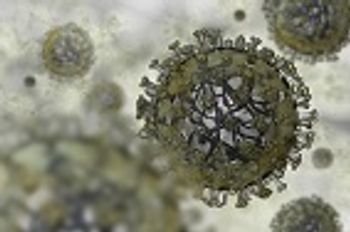
A recent study shows that a person’s birth year may predict his/her chances of surviving an influenza A virus pandemic.

Most biotech and pharmaceutical companies focus their research efforts on cures for chronic diseases that plague the majority of the population because that’s where the money lies; however, is the rise in devastating infectious diseases such as Zika redirecting the lens of many companies?
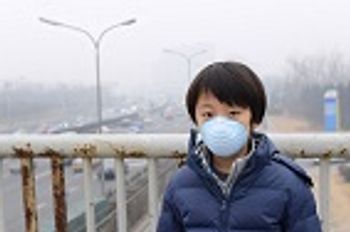
A troubling new study has reported the presence of genes that are resistant to antibiotics in air pollution.
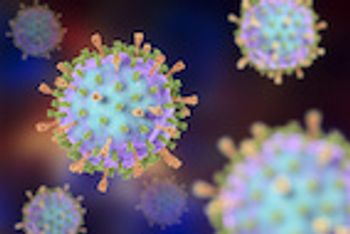
What started as four infections at the University of Missouri has now grown into an outbreak.

In a new approach to fighting bacterial pathogens, Johns Hopkins University researchers have developed a new antibiotic intended to fight tuberculosis and other drug-resistant infections.

Recent article discusses how advanced practice registered nurses can help combat pertussis.

The Alabama Department of Public Health has issued a health advisory in an attempt to increase awareness and prevention efforts in Madison County after seeing a dramatic increase in reported syphilis cases since last year.